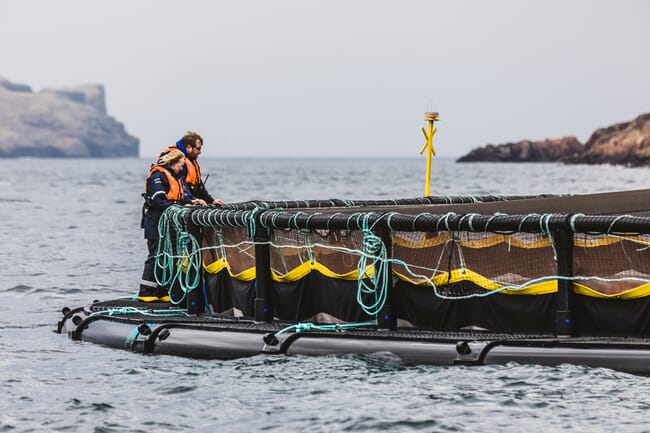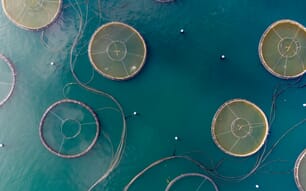
© SSF
Over the full year, the company achieved an average annual survival rate of 92 per cent across its 42 marine farms. This brings Scottish Sea Farms’ average annual survival rate for the last five-year period to 91 per cent.
“It’s hugely reassuring to see our hard work and ongoing investment deliver 92 per cent average survival amongst a species thought to have a survival rate of just five per cent or less in the wild," said Dr Ralph Bickerdike, head of fish health, in a press release.
“That said, there’s much work still to be done with regards to understanding and pre-empting the challenges of a changing marine environment – we now know to expect the unexpected," he added.
Harmful algal blooms
One of the company’s primary areas of focus has been phytoplankton blooms, which are attributed to climate change and can seriously challenge fish gills.
In November 2020, a plankton event contributed to a fall in survival rates at Scottish Sea Farms’ Lismore East farm in Loch Linnhe, from 92 per cent pre-event to 63 per cent after the event. This compares to survival rates of 89 per cent and 95 per cent for the same farm’s previous two crops.
“These environmental changes and challenges, whilst isolated, can be devastating to fish stocks and to the farmers who care for them. The more we can learn about what causes them and why, the better able we will be to identify how best to pre-empt and avoid them,” said Bickerdike.




